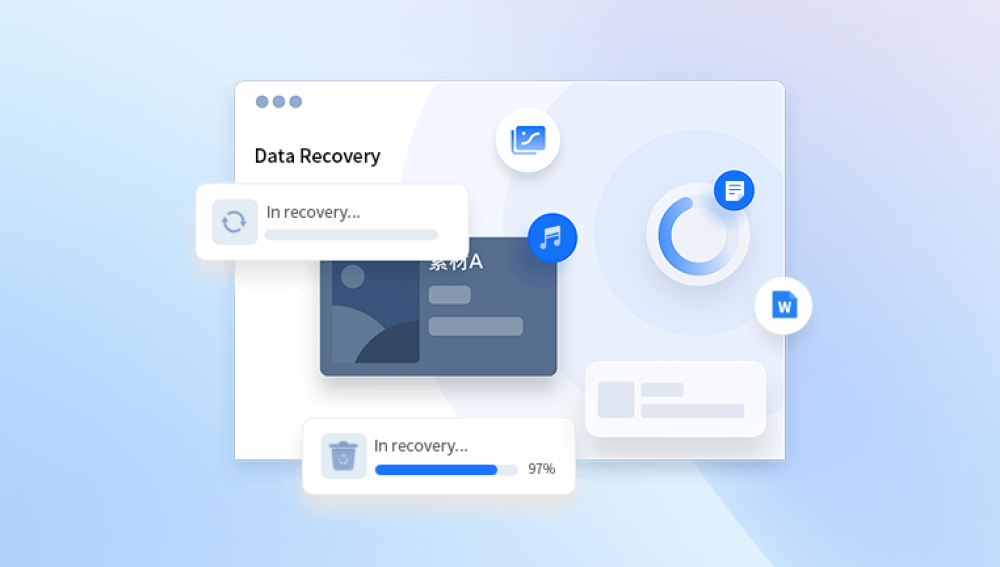The sinking feeling of realizing that an important Excel file has gone missing is something many of us have experienced. Whether the file was accidentally deleted, corrupted, unsaved, or lost due to a system crash, recovering it may feel like an uphill battle. Fortunately, Microsoft Excel offers several built-in recovery mechanisms, and there are multiple strategies you can employ depending on the cause of the file loss.
Accidental deletion – The file may have been deleted manually or lost during a cleaning session.
System crash or power failure – If Excel or your computer shuts down unexpectedly, unsaved data may be lost.
File corruption – Sometimes Excel files get corrupted due to software conflicts, faulty storage devices, or sudden shutdowns.
Overwriting – Saving a file over an existing one with the same name can replace valuable data unintentionally.
Improper closing – Exiting Excel without saving changes, whether intentionally or not, can result in data loss.
No matter how the file was lost, the recovery process depends on recognizing the signs early and following the right strategy.

Step 1: Check the Recycle Bin
One of the first places to look is the Recycle Bin. If the Excel file was deleted recently and hasn’t been permanently removed, you might be able to restore it easily.
Steps:
Double-click the Recycle Bin icon on your desktop.
Use the search box in the upper right corner to type part of the Excel file name.
Locate your file and right-click it.
Click Restore to return it to its original location.
This method only works if the file was deleted using the standard delete action (not via Shift + Delete or emptied Recycle Bin). If you can’t find the file here, move on to more advanced options.
Step 2: Use Excel’s AutoRecover Feature
Excel has a built-in feature called AutoRecover, which saves versions of your document at regular intervals. This is extremely useful if your system crashes or the application closes unexpectedly.
Steps to Recover Unsaved Excel Files:
Open Microsoft Excel.
Go to File > Info.
Click Manage Workbook (or "Manage Versions").
Select Recover Unsaved Workbooks.
A list of recently unsaved files will appear. Choose your file and click Open.
Once opened, save it immediately to avoid losing it again.
You can also check this location manually:
makefile
CopyEdit
C:\Users\[Your Username]\AppData\Local\Microsoft\Office\UnsavedFiles
If the file appears here, it means Excel’s AutoRecover successfully preserved a temporary version.
Step 3: Search for Excel Backup Files
Excel can create backup copies of your workbooks if you have enabled that feature. These files often have the “.XLK” extension.
To Check for Backup Files:
Open File Explorer.
Search for files with the .xlk extension.
If a file is found, double-click it. Excel should open it as a regular workbook.
Alternatively, check your workbook’s original save location. If backup is enabled, Excel may have created a copy named something like “Backup of [your filename].xlk.”
Note: This feature must have been turned on before the file was lost. It won’t retroactively create backups.
Step 4: Check the Temporary Files Folder
Excel may save temporary files that can be used for recovery. These are usually stored in a specific folder on your computer.
How to Locate Temporary Excel Files:
Open File Explorer.
Enter this path:
pgsql
CopyEdit
C:\Users\[Your Username]\AppData\Local\Temp
Look for files starting with ~ or ~$ or ending in .tmp.
Sort files by date modified to find the most recent ones.
Change the file extension to .xlsx if needed and try to open in Excel.
These temporary files aren’t always easy to decipher, but if you recognize the file size or modification date, you may be able to recover important data.
Step 5: Restore Previous Versions
Windows includes a “Previous Versions” feature that may allow you to roll back to an earlier version of your file or folder.
To Use This Feature:
Navigate to the folder where your Excel file was last saved.
Right-click on the folder.
Select Properties.
Go to the Previous Versions tab.
Choose a version prior to the file loss and click Restore.
This method depends on System Protection being enabled and File History or Restore Points being configured on your PC.
Step 6: Recover from OneDrive or Cloud Backups
If you use OneDrive or another cloud service, the Excel file might still be available online, especially if syncing was active when you were working on it.
OneDrive Recovery:
Go to OneDrive and sign in.
Use the search bar or browse through folders.
If the file is in the Recycle Bin of OneDrive, restore it.
Right-click the file to download or restore it locally.
Cloud services often retain deleted files in a separate trash folder for a limited time, typically 30 days.
Step 7: Use File Recovery Software
When traditional methods fail, file recovery software can be a last resort. These programs can scan your drive for fragments of deleted or overwritten files.
How These Tools Work:
They analyze the sectors of your hard drive, looking for recoverable data.
Some tools offer deep scan capabilities, which are useful for formatted drives or deleted partitions.
Common output includes previews of found Excel files, which can be filtered by size, date, and type.
You don’t need to be an expert to use these tools. Many have simple interfaces with a step-by-step wizard. Just install the software (ideally on a different drive than where the lost file was stored), run a scan, and check if the missing Excel file shows up.
Step 8: Check Email Attachments and Messages
Sometimes, Excel files are shared or backed up via email without us realizing it. If you emailed the file to someone else, or received a copy, your inbox might save the day.
Steps:
Search your email inbox for keywords from the file name.
Look through Sent Items and Drafts.
Check cloud-based email storage like Gmail, Outlook, or Yahoo.
You can also search messaging platforms like Slack, Teams, or WhatsApp if you’ve shared the file via those services.
Step 9: Look in Excel’s Recent Files List
If the file was recently opened, Excel might still remember it even if it can’t locate the file directly.
To Access Recent Files:
Open Excel.
Click File > Open.
Review the Recent list for your file.
If it appears but can’t be opened, right-click it and choose Open File Location.
This may give you clues about where it was stored before disappearing.
Step 10: Enable and Configure AutoSave & AutoRecover (For the Future)
After recovering your file—or realizing it’s gone forever—protecting against future loss is critical. Excel’s AutoSave and AutoRecover features can be life-saving if set correctly.
To Configure AutoRecover:
Open Excel.
Go to File > Options.
Click Save on the sidebar.
Ensure Save AutoRecover information every X minutes is enabled.
Set the interval to 2–5 minutes for better backup frequency.
Make sure Keep the last autosaved version if I close without saving is also checked.
For AutoSave in Microsoft 365:
If you use a OneDrive or SharePoint account, ensure AutoSave is toggled on in the top-left corner of the Excel window. This will save your work every few seconds.
Step 11: Create Manual Backups Regularly
Even the most advanced recovery tools aren’t foolproof. Manual backups ensure that your important data is never truly lost.
Tips:
Save Excel files to multiple locations (e.g., hard drive, USB, cloud).
Use version control (e.g., MyFile_v1.xlsx, MyFile_v2.xlsx) to avoid overwriting.
Backup folders weekly or daily based on your workflow.
Consider syncing Excel documents with Google Drive, Dropbox, or other platforms with file history support.
Step 12: Contact IT Support (For Business Users)
If you're working in a corporate or enterprise environment, IT departments often have backup systems that aren’t accessible to regular users.
What IT Might Offer:
Network backups
Enterprise-level restore points
Admin access to OneDrive or SharePoint
Specialized data recovery tools
If you can’t find your Excel file using other methods, don’t hesitate to ask your IT team for help. They may be able to recover files that you assumed were gone forever.
Step 13: Recovering Files from External Drives or USBs
If your Excel file was stored on an external drive or USB flash drive, the recovery steps are slightly different. File deletion on these devices often skips the Recycle Bin.
Recommended Steps:
Stop using the external drive immediately to avoid overwriting.
Connect it to your computer.
Use file recovery software to scan the drive.
Look specifically for .xlsx, .xls, or .xlsm files.
Make sure the recovery software supports removable drives. Once found, save the recovered file to a different location (preferably on your internal drive).
Step 14: Coping with File Corruption
Sometimes the Excel file is still there but cannot be opened due to corruption. When this happens, Excel may try to repair the file automatically. If not, you can force recovery manually.
Try Opening and Repairing the File:
Open Excel.
Go to File > Open.
Navigate to the corrupted file.
Click the arrow next to Open, and choose Open and Repair.
Choose Repair if prompted.
If that fails, try Extract Data instead, which might recover formulas and values without formatting.
Step 15: Stay Calm and Methodical
Losing an Excel file is stressful, especially if it contains important work, financial data, or time-sensitive information. The key to successful recovery is staying calm and going step by step.
Avoid repeatedly trying to recreate the file from memory or using risky third-party websites. Work through the solutions methodically and document where the file was last seen.




